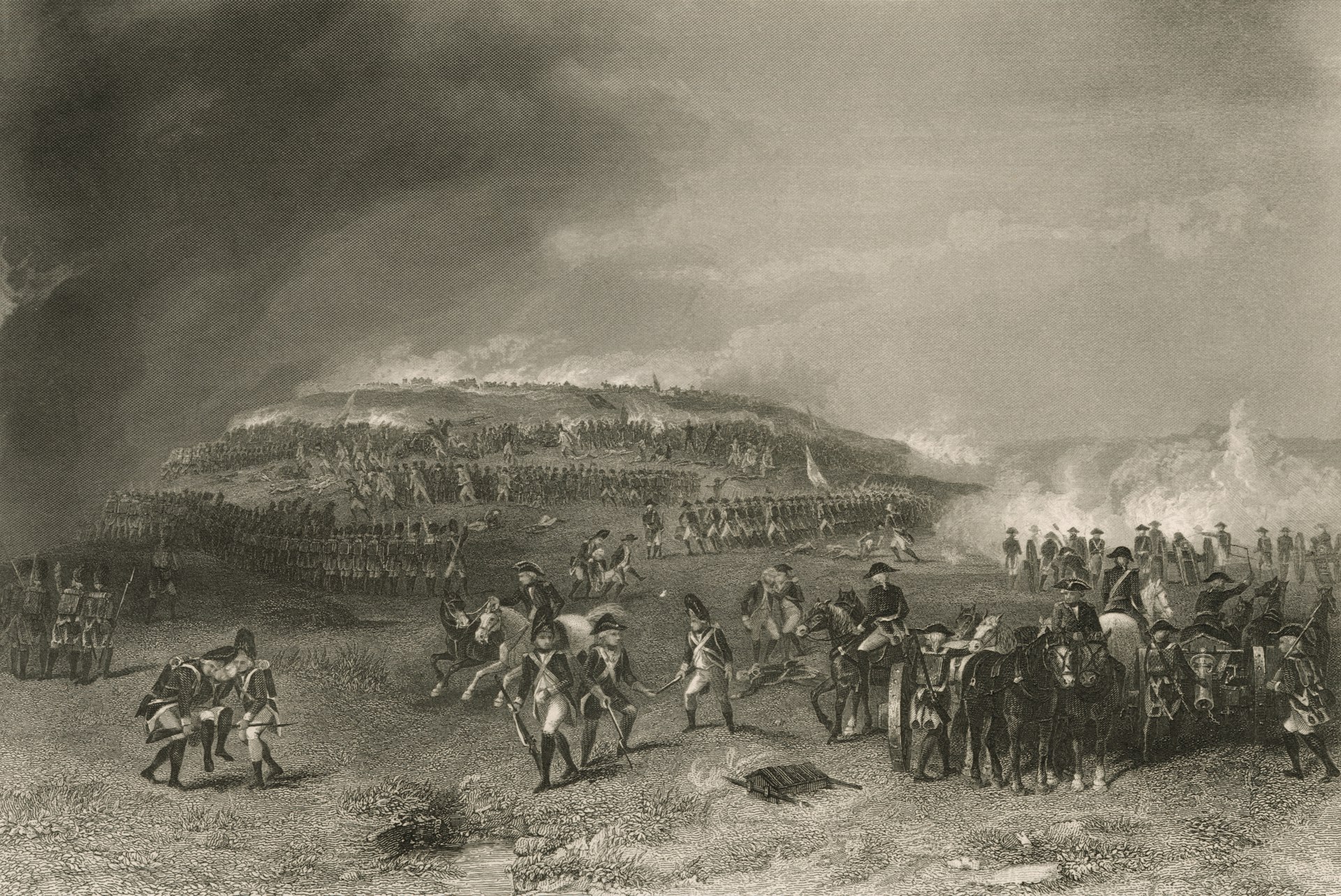Empowering Students for the Future: Essential Digital Literacy Skills in the 21st Century

Photo by ThisisEngineering on Unsplash
Understanding Digital Literacy: The Modern Foundation for Success
In the rapidly evolving world of the 21st century, digital literacy is no longer a luxury-it is an essential life skill. Defined as the confident and critical use of a full spectrum of digital technologies for information, communication, and problem-solving, digital literacy empowers students to thrive in academic, personal, and professional spheres [1] . These capabilities are underpinned by core skills in information and communication technology (ICT), enabling learners to retrieve, assess, create, and communicate information while participating in collaborative digital networks.
Core Digital Literacy Skills for 21st-Century Students
While digital literacy is a broad and evolving concept, several key competencies form its foundation. Developing these skills helps students navigate the digital landscape safely and effectively [2] :
1. Information Literacy
Information literacy is the ability to locate, evaluate, and use information from digital sources. With the overwhelming amount of data available online, students must learn to distinguish credible information from misinformation. Practical steps include:
- Practicing critical evaluation of sources-questioning authorship, purpose, and accuracy
- Using academic databases and official resources for research
- Cross-referencing information for verification
For guidance, students may consult their school or local librarians, and use educational platforms like The Library of Congress for trusted materials.
2. Technical Skills
Technical proficiency is fundamental for using digital devices, software, and platforms efficiently. This includes basic tasks such as operating computers, navigating file systems, and utilizing productivity software, as well as more advanced skills like troubleshooting and adapting to new applications [3] . Implementation steps include:
- Participating in hands-on workshops or school-provided technology training
- Exploring online tutorials from reputable providers (e.g., GCFLearnFree )
- Regular practice with new tools and platforms to build confidence
3. Digital Communication
Effective digital communication involves using online platforms to exchange ideas, collaborate, and express oneself clearly. Students must learn netiquette, appropriate tone, and how to tailor messages to different audiences. Actionable steps:
- Engage in classroom forums or group chats with guidance from educators
- Practice writing in digital formats such as email, blogs, and collaborative documents [4]
- Seek feedback from peers and instructors to improve clarity and effectiveness
4. Cybersecurity Awareness
Understanding digital risks is critical in protecting personal information. Students should be aware of privacy best practices, password security, and how to recognize phishing or online scams. Steps to develop cybersecurity awareness:
- Participate in school-based cybersecurity workshops
- Use educational materials from trusted sources like the National Cyber Security Alliance
- Regularly update passwords and learn to identify suspicious emails or links
5. Critical Thinking in the Digital Age
With information and opinions flooding the internet, critical thinking is essential for analyzing content, questioning assumptions, and making informed decisions. Students can develop this skill by:
- Engaging in debates on digital topics in class
- Evaluating multiple perspectives before forming opinions
- Using fact-checking resources such as Snopes or PolitiFact
6. Content Creation and Digital Collaboration
Digital literacy extends beyond consumption to include content creation-producing emails, blogs, social media posts, videos, and more. Collaboration tools such as Google Workspace or Microsoft Teams facilitate group projects and real-time feedback. To build these skills:
- Participate in multimedia assignments and digital storytelling projects
- Use collaborative platforms with guidance from teachers
- Experiment with various digital formats to communicate ideas effectively
Developing Digital Literacy: Actionable Steps for Students and Educators
Building digital literacy is an ongoing process involving continuous learning and adaptation. Here’s how students and educators can foster these skills:
Step 1: Assess Current Skills
Begin by evaluating your existing digital competencies. Many schools offer self-assessment tools or digital skill checklists. Students can ask teachers or counselors for recommendations on where to start.
Step 2: Leverage School and Community Resources
Many educational institutions provide access to computer labs, digital learning platforms, and instructional support. Students without home internet access can often use school facilities or public libraries. For additional support, parents and caregivers may contact their local school district’s technology department for information on available programs.
Step 3: Participate in Workshops and Online Courses
Free and low-cost digital literacy workshops are available through community centers, libraries, and adult education programs. Students can also explore online courses from recognized providers such as Coursera , edX , or Khan Academy for structured learning opportunities.

Photo by Keisha Kim on Unsplash
Step 4: Practice Safe and Responsible Use
Digital responsibility includes ethical behavior, respect for privacy, and adherence to guidelines for online conduct. Students should learn to:
- Ask permission before sharing content or images of others
- Avoid posting personal information in public forums
- Report cyberbullying or inappropriate behavior to trusted adults or school officials
Step 5: Stay Informed and Adaptable
Digital tools and best practices are constantly evolving. Students should develop habits of lifelong learning by following technology news, attending school seminars, and exploring new applications as they emerge.
Overcoming Common Challenges in Digital Literacy
Despite the importance of digital skills, students may face obstacles such as limited access to devices, lack of internet connectivity, or insufficient guidance. Solutions include:
- Collaborating with teachers to identify alternative assignments if technology is unavailable
- Using mobile devices when computers are inaccessible
- Seeking local community programs or nonprofit organizations that may provide loaner devices or connectivity support
Families can contact their school district or local library for information on device lending programs or search for community initiatives supporting digital equity.
Alternative Pathways and Additional Resources
For those unable to access formal training, there are alternative strategies to develop digital literacy:
- Peer learning groups, where students collaborate to teach each other new skills
- Self-directed exploration using reputable online tutorials and educational videos
- Volunteering for school tech teams or helping family members with digital tasks to reinforce skills
Parents and caregivers can support students by modeling safe digital behavior, encouraging exploration, and staying informed about new digital trends.
Key Takeaways and Next Steps
Digital literacy is a dynamic, multifaceted skill set that enables students to confidently navigate, create, and communicate in an increasingly digital world. By intentionally building competencies in information literacy, technical skills, digital communication, cybersecurity, and critical thinking, students position themselves for success in future education and careers. For additional support, students and families can contact their school’s technology coordinator or search for digital literacy programs through official educational or library networks. Staying proactive and adaptable ensures readiness for the opportunities and challenges of the digital age.
References
[1] UNESCO (2022). Digital literacy: confident and critical use of technology.
[2] Learning.com (2023). What is Digital Literacy: Definition and Uses in Daily Life.
[3] The Grove Center, Penn State (2024). Digital Literacy: Skills and Dispositions.
[4] Education Week (2016). What Is Digital Literacy?
[5] Potomac.edu (2022). What is Digital Literacy? Definition, Skills & Importance.
MORE FROM oncecoupon.com













